Everything you need to know about AMD
A quick guide to AMD, one of the world's leading semiconductor companies and a longstanding competitor to Intel and Nvidia
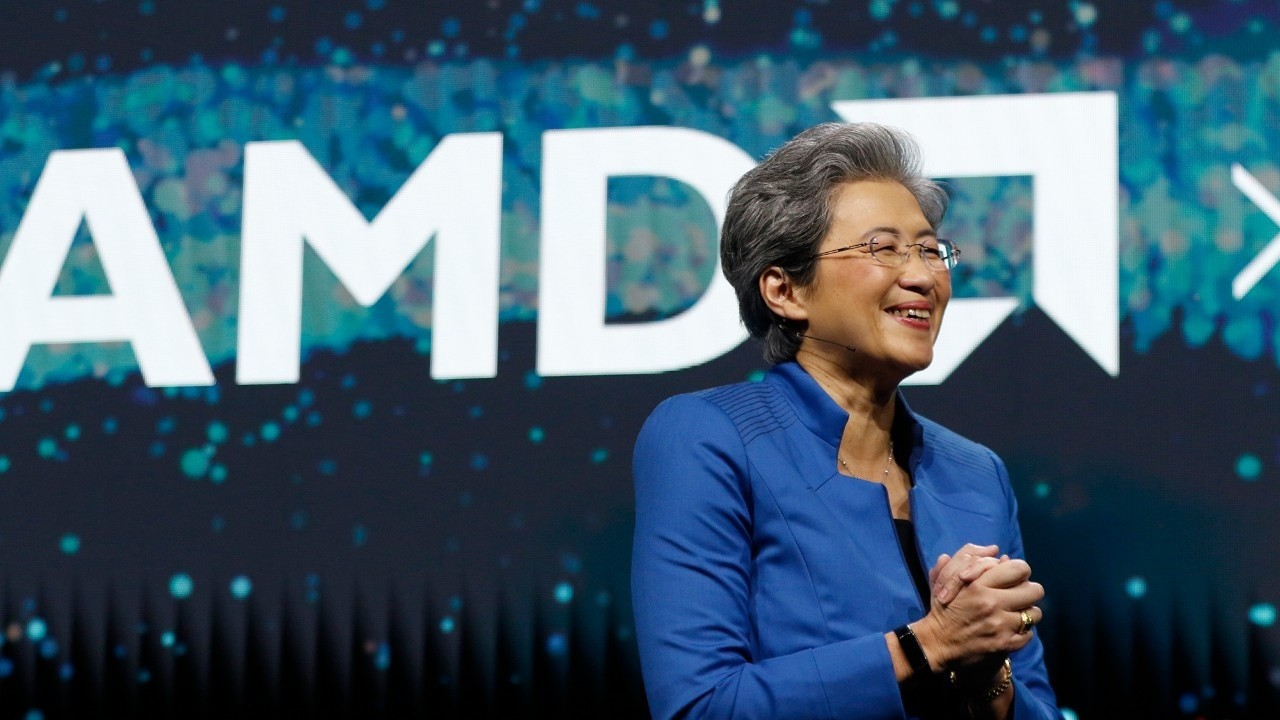

Advanced Micro Devices (AMD) is a global leader in semiconductor technology, celebrated for its cutting-edge computing and graphics solutions. Founded in 1969, AMD has become a prominent player in the tech industry, consistently innovating across high-performance processors and graphics products for a wide range of applications, from consumer electronics and gaming to enterprise data centers.
Competing directly with industry heavyweights like Intel and Nvidia, AMD stands out as a viable alternative, offering powerful and cost-effective solutions that continue to push the boundaries of performance and efficiency.
Here, we provide a comprehensive overview of AMD, covering its history, product portfolio, leadership, and what businesses and consumers can expect from partnering with this pioneering company.
A brief history of AMD
Quick Facts
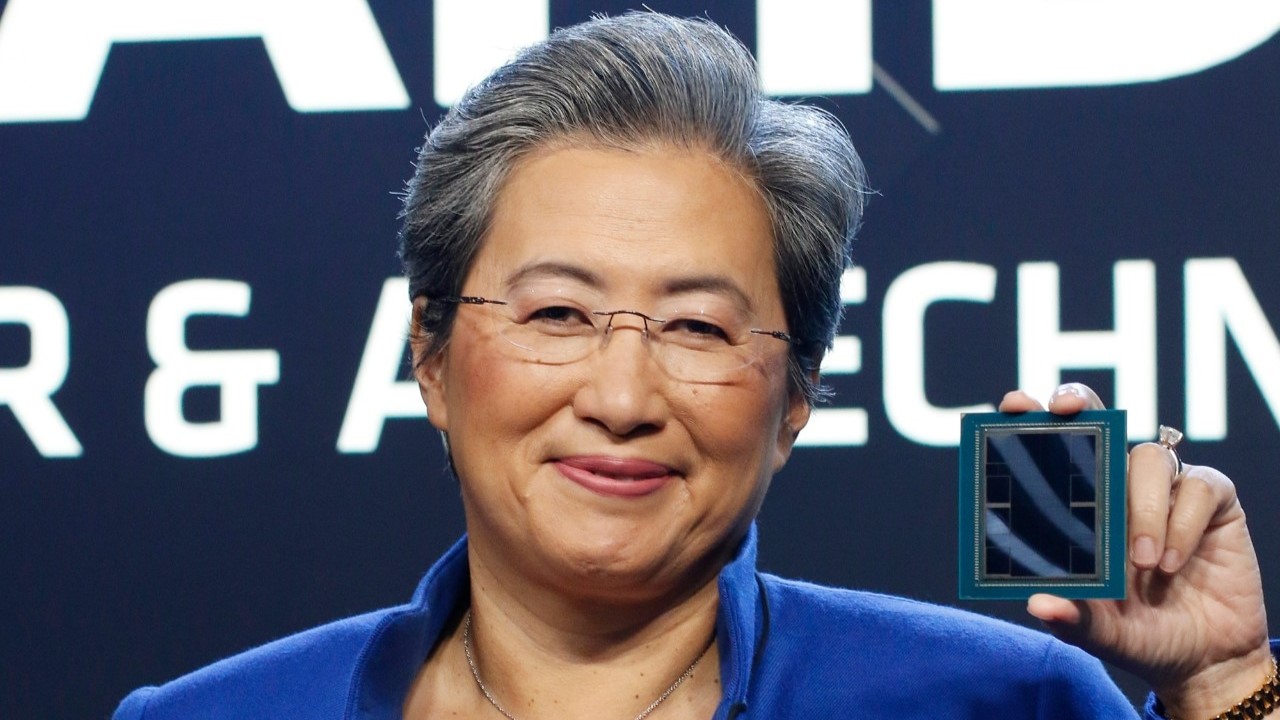
Founded: 1969
Founder: Jerry Sanders and a team of technology professionals
Current CEO: Dr. Lisa Su (pictured)
Headquarters: Santa Clara, California, USA
Annual Revenue: $22.68 billion (2023)
Number of Employees: Approximately 26,000 (2023)
AMD was founded in 1969 by Jerry Sanders and a group of engineers from Fairchild Semiconductor. Initially, AMD focused on producing logic chips. In 1975, it entered the microprocessor market, which would become its core area of focus. The company grew steadily, facing various challenges and competitions, most notably with Intel.
In the early 2000s, AMD gained significant market share with its Athlon and Opteron processors. However, the company struggled during the late 2000s and early 2010s, falling behind Intel in performance. The turnaround came in the mid-2010s with the introduction of the Ryzen processors, which brought it back into strong competition with Intel.
AMD's strategic acquisitions, including the purchase of ATI Technologies in 2006, Xilinx in 2022, and the planned acquisition of Silo AI in 2024, have significantly expanded its product portfolio and technological capabilities. The ATI acquisition strengthened AMD's position in graphics technology, while Xilinx brought expertise in adaptive computing with its field-programmable gate arrays (FPGAs) and adaptive system-on-chips (SoCs). The addition of Silo AI further enhances AMD’s capabilities in artificial intelligence, particularly with its large language models and AI solutions tailored for enterprise applications, solidifying AMD's presence in both graphics and advanced computing sectors.
What does AMD sell?
AMD offers a diverse array of products that cater to a wide range of markets, from consumer electronics to data centers, gaming, and embedded systems. At the core of AMD's offerings are its microprocessors, which have become increasingly competitive in recent years. The Ryzen series, including Ryzen 3, 5, 7, and 9, targets consumers and enthusiasts with high-performance processors for desktop and laptop computers.
Get the ITPro daily newsletter
Sign up today and you will receive a free copy of our Future Focus 2025 report - the leading guidance on AI, cybersecurity and other IT challenges as per 700+ senior executives
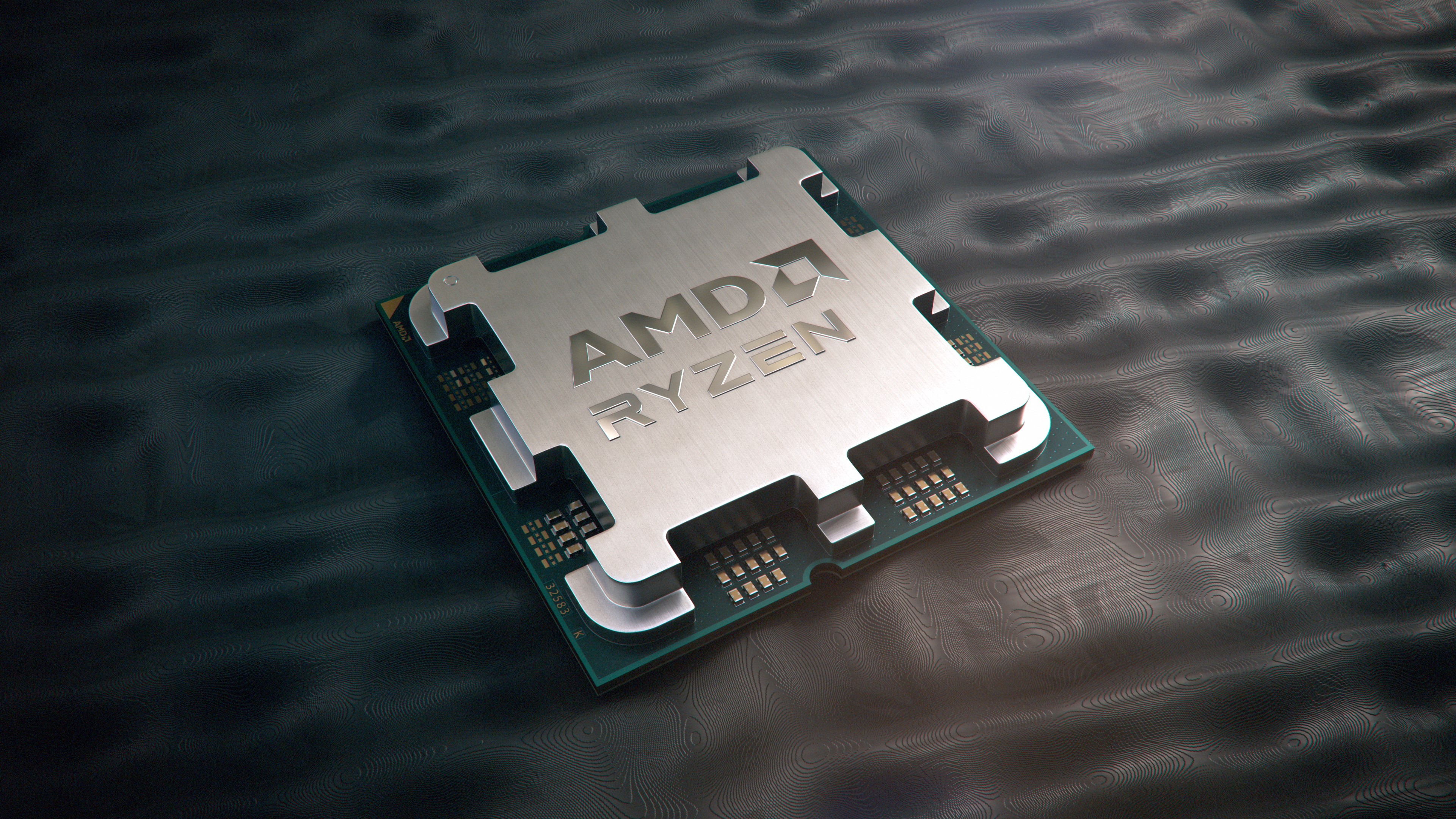
For business users, it provides the Ryzen Pro line, which incorporates enhanced security features and manageability. Budget-conscious consumers can turn to the Athlon series for everyday computing needs.
In the server and enterprise space, AMD's EPYC processors have gained significant traction, offering high core counts and performance for data centers and complex applications.
Graphics processing is another key area for AMD, with its Radeon line of GPUs serving gamers and content creators. These range from entry-level to high-end cards, competing directly with Nvidia in the consumer space. For professionals in fields like design, engineering, and media production, AMD offers the Radeon Pro series, delivering workstation-grade graphics solutions.
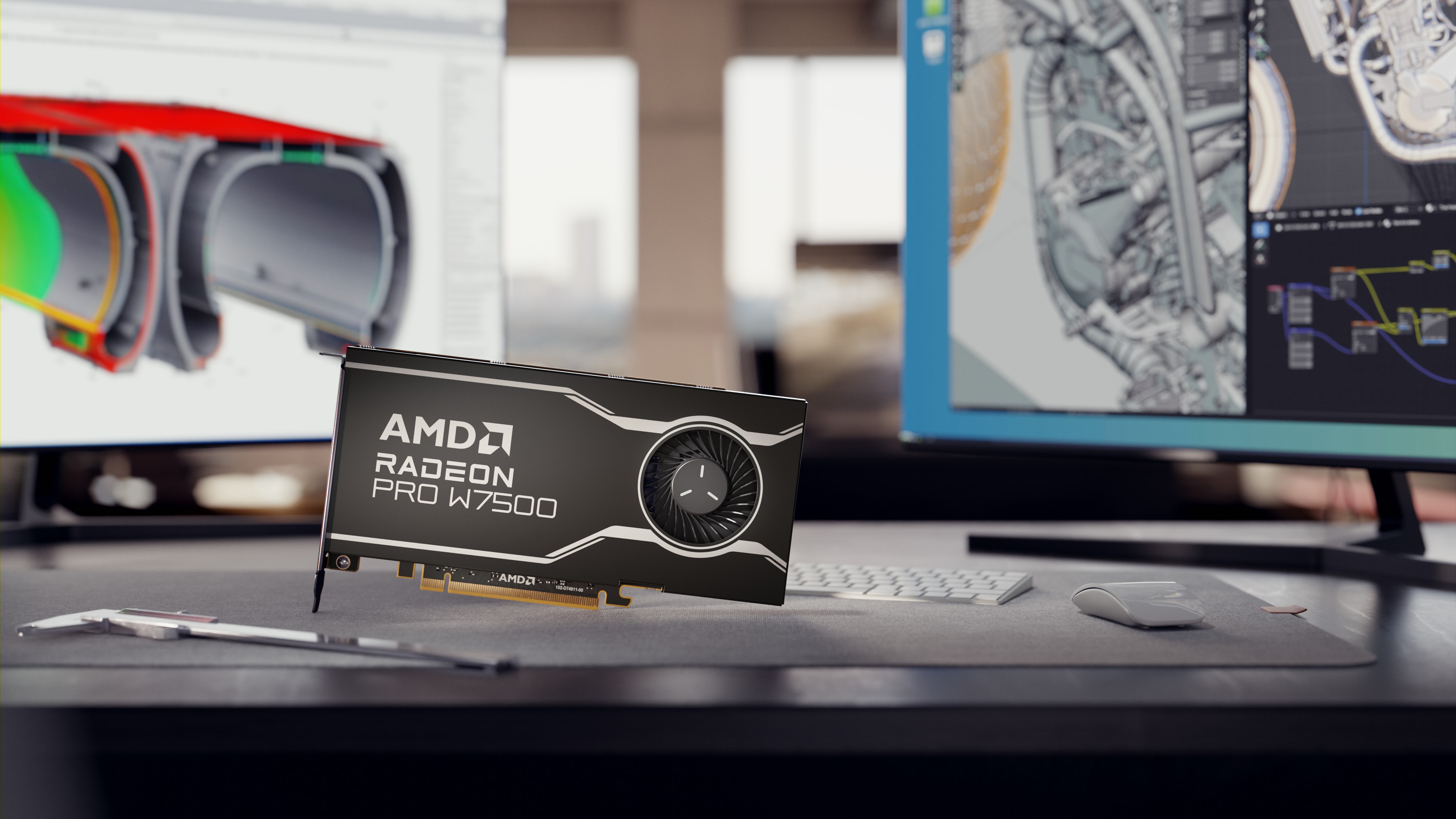
AMD also produces chipsets, which work in tandem with their processors to manage data flow in both desktop and laptop motherboards. In the embedded systems market, AMD provides specialised processors that find applications in industries such as automotive, aerospace, and telecommunications, as well as in Internet of Things (IoT) devices.
The acquisition of Xilinx in 2022 expanded AMD's portfolio to include field-programmable gate arrays (FPGAs). This move brought the Virtex and Zynq series under AMD's umbrella, offering high-performance FPGAs and system-on-chip solutions that combine FPGA fabric with ARM processor cores.
It also sells accelerated processing units (APUs), which integrate CPU and GPU capabilities on a single chip. These are particularly appealing for systems requiring good graphics performance without the need for a discrete GPU. The company has also made significant inroads in the gaming console market with its semi-custom solutions, powering popular platforms like PlayStation and Xbox.
With the acquisition of Silo AI in 2024, AMD has broadened its reach into AI, namely with enterprise-grade large language models and AI-driven solutions. Silo AI’s technologies, including its Poro and Viking models, are tailored for advanced enterprise AI applications and integrate seamlessly with AMD’s hardware, providing a powerful resource for customers in data-driven industries.
In high-performance computing, AMD’s Instinct GPUs are designed to accelerate AI, machine learning, and other complex tasks, providing a competitive alternative to Nvidia’s data center GPU products.
AMD's mergers and acquisitions
AMD has strategically acquired several companies over the years to enhance its market position and technological prowess.
In 2006, AMD made a pivotal move by acquiring ATI Technologies for $5.4 billion. This acquisition marked AMD's significant entry into the graphics market, allowing it to compete directly with Nvidia. The integration of ATI’s advanced graphics technology enabled AMD to develop its renowned APUs, which combine CPU and GPU capabilities on a single chip, revolutionising the way computing and graphics processing were handled together.
In 2012, the company acquired SeaMicro for approximately $334 million to bolster its data center solutions. SeaMicro's innovative energy-efficient server technology was a perfect fit for AMD’s strategy to reduce power consumption while increasing performance in data centers. This acquisition allowed AMD to provide more competitive solutions in the burgeoning cloud and data center markets, further solidifying its presence in this critical sector of the tech industry.
The acquisition of Xilinx in 2022 for $35 billion was another game-changer for AMD. Xilinx's expertise in field-programmable gate arrays (FPGAs) and adaptive system-on-chips (SoCs) significantly broadened AMD's product offerings, particularly in adaptive computing. This acquisition not only strengthened AMD’s position in data centers but also expanded its reach into automotive and industrial applications, areas that are increasingly reliant on sophisticated computing solutions.
In August 2024, AMD completed the acquisition of Finnish firm Silo AI for $665 million. Silo AI, based in Helsinki, specializes in providing end-to-end AI solutions for enterprise organizations. Its open-source large language models (LLMs), including Poro and Viking — both multilingual — are built on its proprietary SiloGen model and optimized for AMD's platform.
Following the acquisition, Peter Sarlin, Silo AI’s co-founder and CEO, has taken on a leadership role within AMD’s Artificial Intelligence Group, reporting directly to Vamsi Boppana, AMD’s senior vice president. This acquisition reinforces AMD’s commitment to advancing AI capabilities, particularly for enterprise-level applications and multilingual AI solutions.
In the same month, AMD announced a definitive agreement to acquire ZT Systems, a leading provider of AI infrastructure for hyperscale computing companies, in a deal valued at $4.9 billion. This acquisition is expected to significantly expand AMD's data center AI systems capabilities. The transaction is anticipated to close in the first half of 2025, subject to regulatory approvals and customary closing conditions.
Key figures at AMD

Dr Lisa Su, AMD CEO and Chair
Dr. Lisa Su, as chair and CEO, is widely recognised for revitalising AMD, driving it back to profitability and significant growth.
Overseeing the company’s strategic direction is Victor Peng, the president of AMD. Mark Papermaster, the CTO, is at the helm of AMD's technology and product development.
Supporting this leadership team are key executives like CFO Jean Hu; Darren Grasby, executive vice president and president of EMEA; and Forrest Norrod, executive vice president and general manager of data center solutions. This cohesive leadership team has been instrumental in AMD's resurgence.
What can customers expect from doing business with AMD?
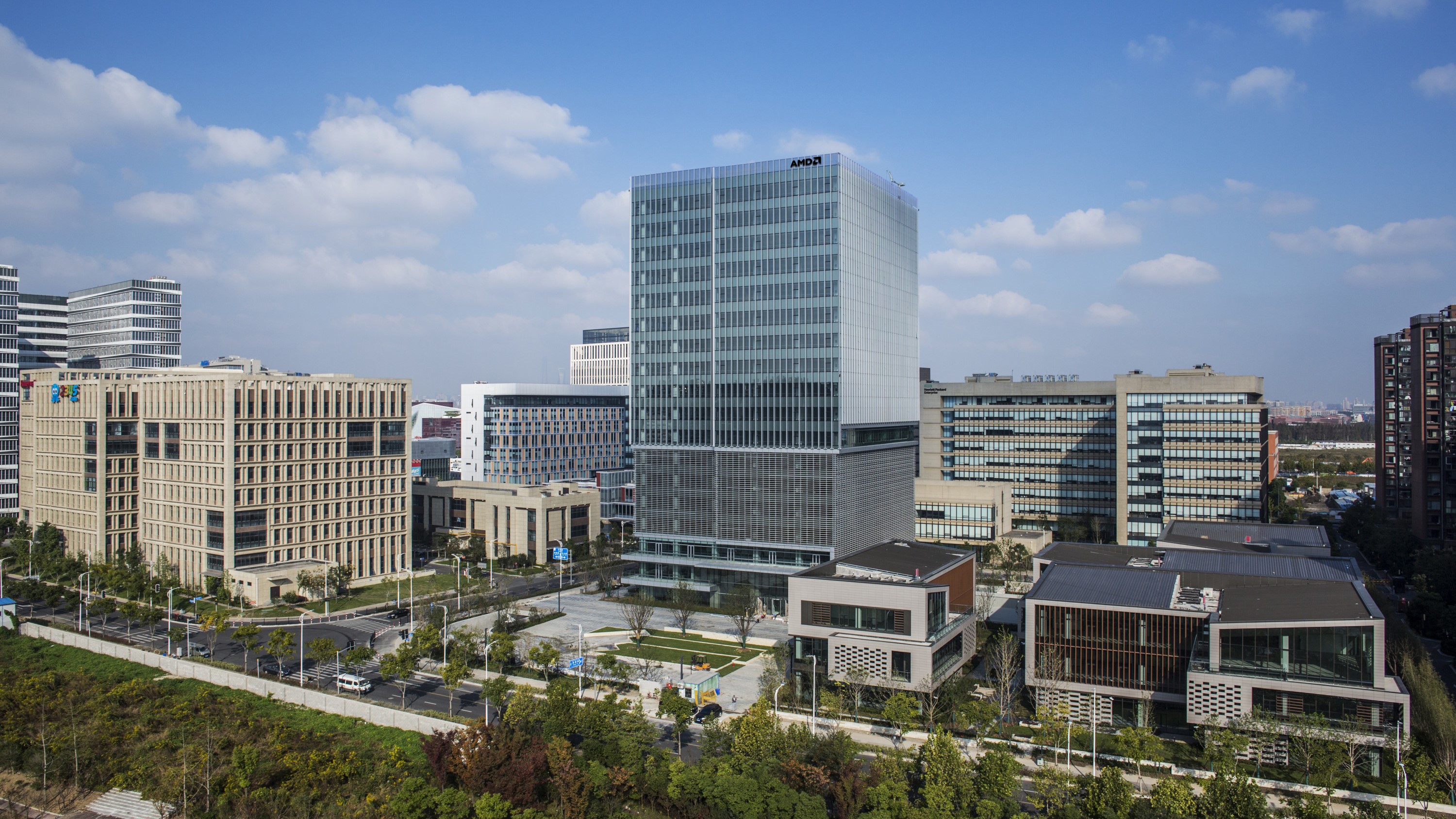
AMD's Shanghai campus
For IT decision-makers, partnering with AMD offers a compelling value proposition that addresses key enterprise concerns. AMD's product portfolio delivers high-performance computing solutions at competitive price points, particularly relevant for data center deployments, high-performance computing (HPC) environments, and virtualisation infrastructures.
AMD's EPYC server processors have gained significant traction in the enterprise space, offering a strong performance-per-watt ratio that can lead to lower total cost of ownership (TCO) for data centres. This efficiency translates to potential reductions in power consumption and cooling costs, critical factors for CIOs managing large-scale IT operations.
The company's commitment to innovation ensures enterprise customers have access to cutting-edge semiconductor technology, enabling them to stay ahead of the curve in an increasingly data-driven business landscape. AMD's roadmap aligns well with emerging enterprise needs, including AI and machine learning capabilities, which are becoming integral to many business processes.
RELATED WHITEPAPER

For IT directors concerned with vendor lock-in, AMD's x86 architecture provides a viable alternative in the CPU market, potentially increasing negotiating leverage and flexibility in procurement strategies. Additionally, AMD's recent acquisition of Xilinx expands its offerings in the FPGA space, providing solutions for specialised computing needs in sectors such as telecommunications and industrial automation.
Furthering its commitment to data centers, AMD’s recent acquisition of ZT Systems strengthens its ability to provide AI infrastructure for hyperscale computing, positioning the company as a comprehensive provider in the data center and AI system space.
AMD also places strong emphasis on robust ecosystem support, offering comprehensive resources for system integrators and IT teams. This includes detailed documentation, developer tools, and enterprise-grade support channels, facilitating smooth integration into existing IT infrastructures and maximising the potential of AMD's products in complex enterprise environments.
Rene Millman is a freelance writer and broadcaster who covers cybersecurity, AI, IoT, and the cloud. He also works as a contributing analyst at GigaOm and has previously worked as an analyst for Gartner covering the infrastructure market. He has made numerous television appearances to give his views and expertise on technology trends and companies that affect and shape our lives. You can follow Rene Millman on Twitter.
-
 Bigger salaries, more burnout: Is the CISO role in crisis?
Bigger salaries, more burnout: Is the CISO role in crisis?In-depth CISOs are more stressed than ever before – but why is this and what can be done?
By Kate O'Flaherty Published
-
 Cheap cyber crime kits can be bought on the dark web for less than $25
Cheap cyber crime kits can be bought on the dark web for less than $25News Research from NordVPN shows phishing kits are now widely available on the dark web and via messaging apps like Telegram, and are often selling for less than $25.
By Emma Woollacott Published
-
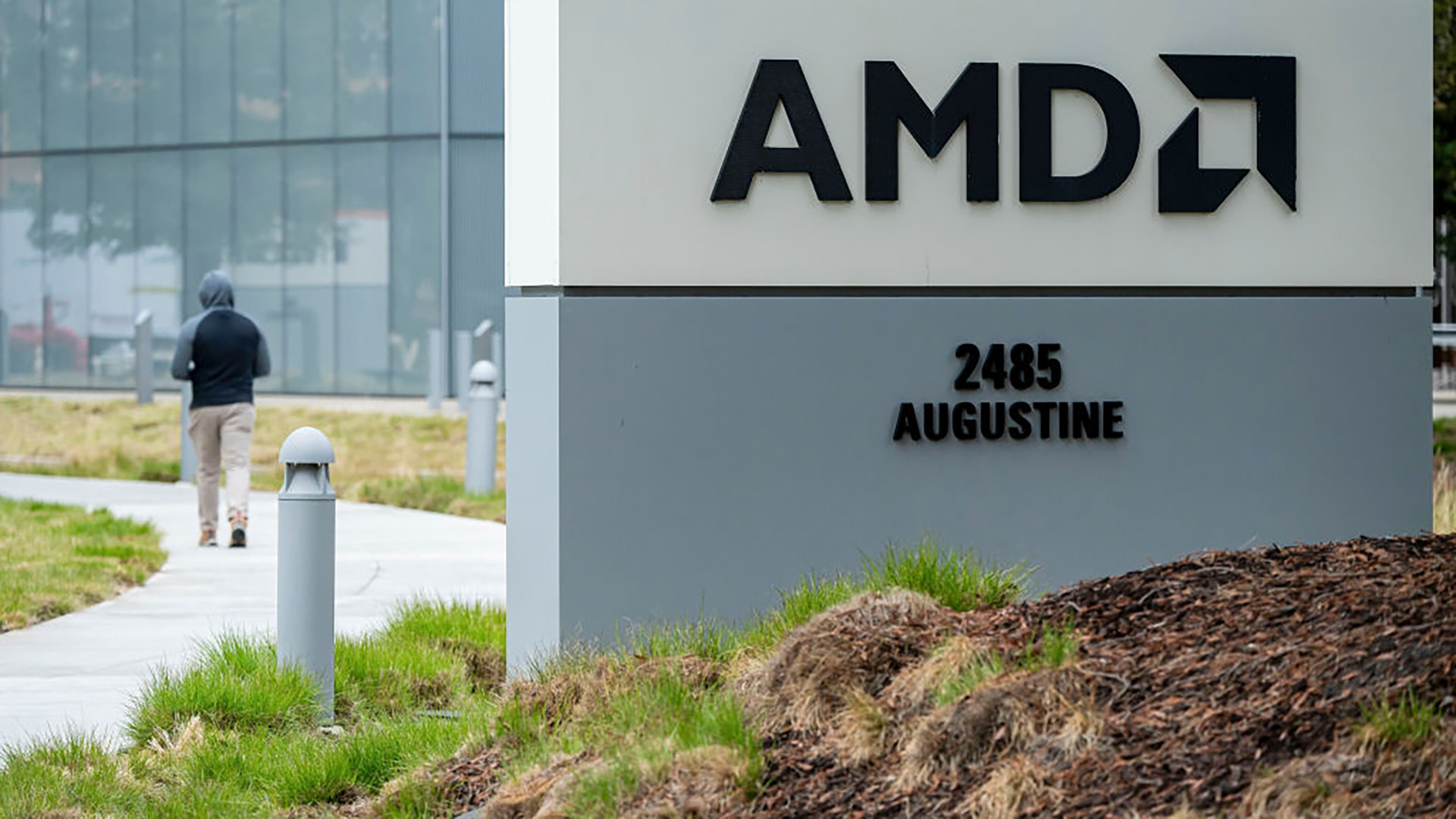 AMD names new VAR and SI commercial sales chief for EMEA
AMD names new VAR and SI commercial sales chief for EMEANews James Blackman is tasked with building a robust channel community in the region
By Daniel Todd Published
-
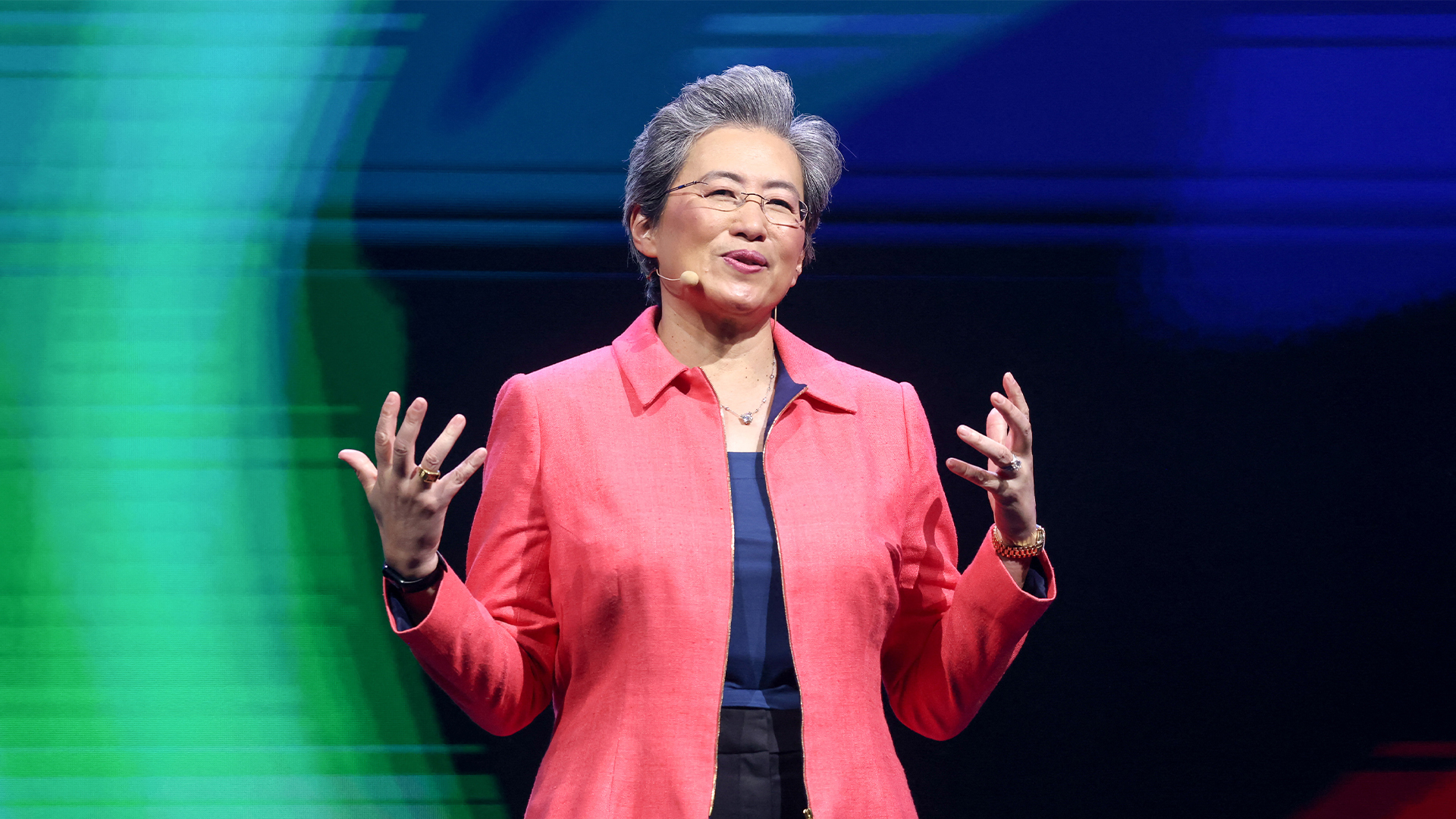 AMD to cut around 1,000 staff to focus on "growth opportunities"
AMD to cut around 1,000 staff to focus on "growth opportunities"News The AMD layoffs come after rival Intel cut staff on the back of flagging AI returns
By George Fitzmaurice Published
-
 Optiver partners with AMD to turbo charge data center modernization efforts
Optiver partners with AMD to turbo charge data center modernization effortsSupported Content AMD will support the market trading firm as it looks to deliver performance improvements and meet future data needs
By ITPro Published
-
 AMD bags IEEE’s 2024 Corporate Innovation Award for pioneering chiplet design research
AMD bags IEEE’s 2024 Corporate Innovation Award for pioneering chiplet design researchSupported Content This marks the second time AMD has received this award, having previously been recognized for its research into the evolution of x86 microprocessors
By ITPro Published
-
 IT in manufacturing isn’t just about the production line
IT in manufacturing isn’t just about the production lineSupported Content From conception to execution, IT is used in manufacturing to boost efficiency, reduce costs, and produce optimal results
By ITPro Published
-
 How new, longer-life chips can help stretch your budget
How new, longer-life chips can help stretch your budgetSupported content When the inevitable upgrade arrives, you need future-proof silicon inside your data center hardware
By ITPro Published
-
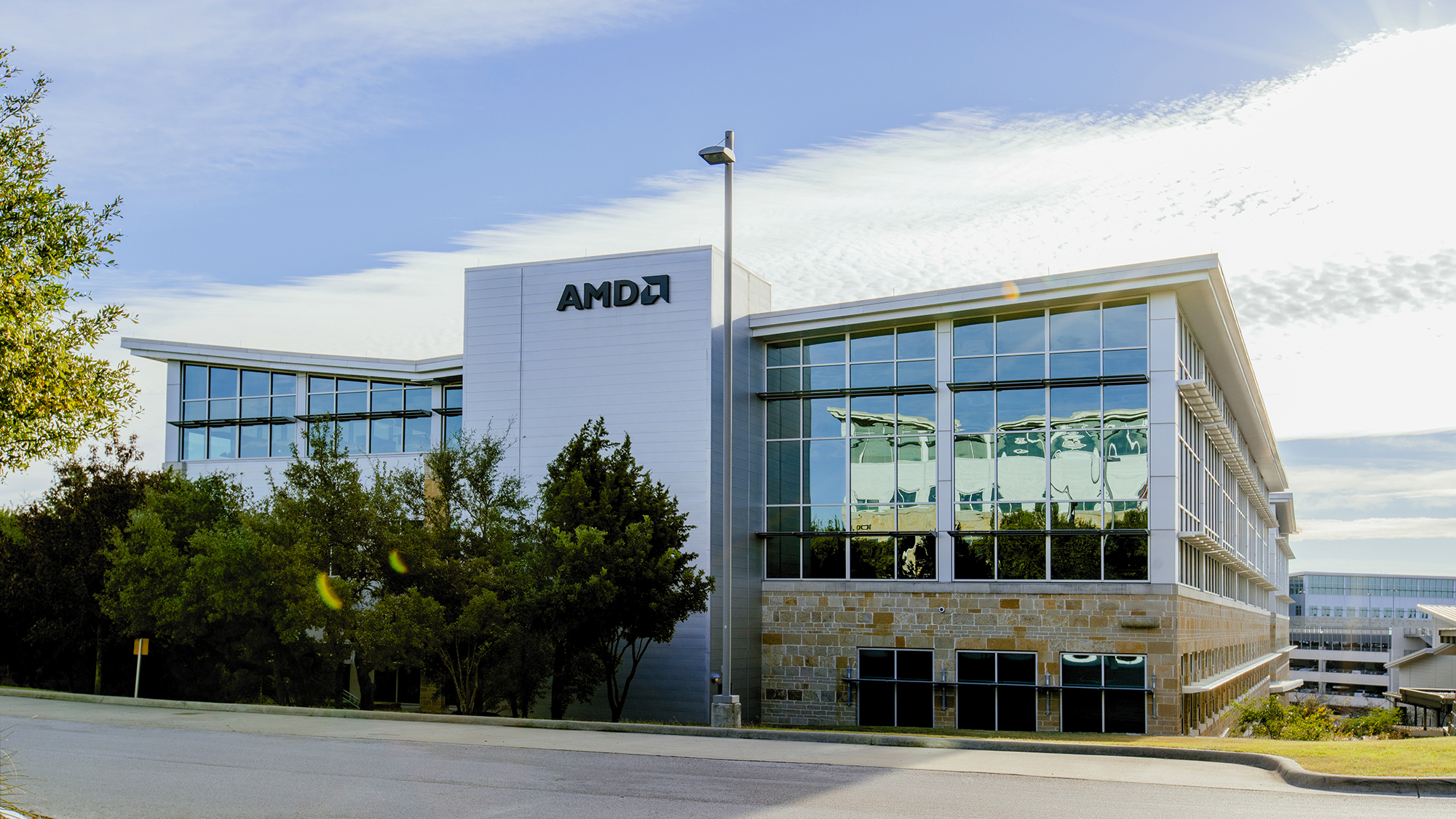 Workload-optimized 97X4 and 9004 EPYC processors showcased by AMD
Workload-optimized 97X4 and 9004 EPYC processors showcased by AMDsupported editorial New CPUs “push the boundaries” of what is possible in the data center performance, chip giant says
By ITPro Published
-
 Minimising digital risk with cyber resilience
Minimising digital risk with cyber resilienceWhitepaper Building an intrinsically secure enterprise architecture
By ITPro Published